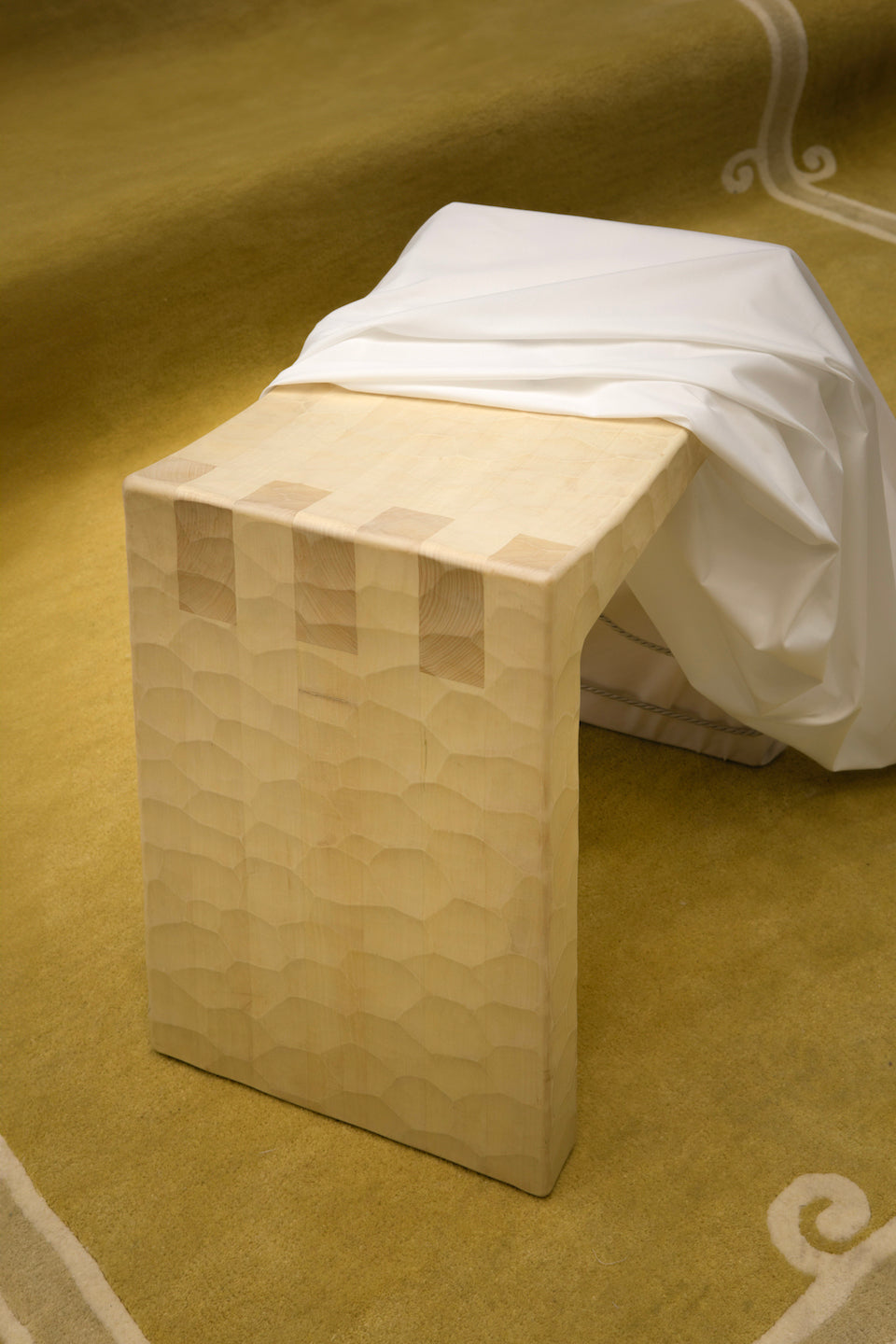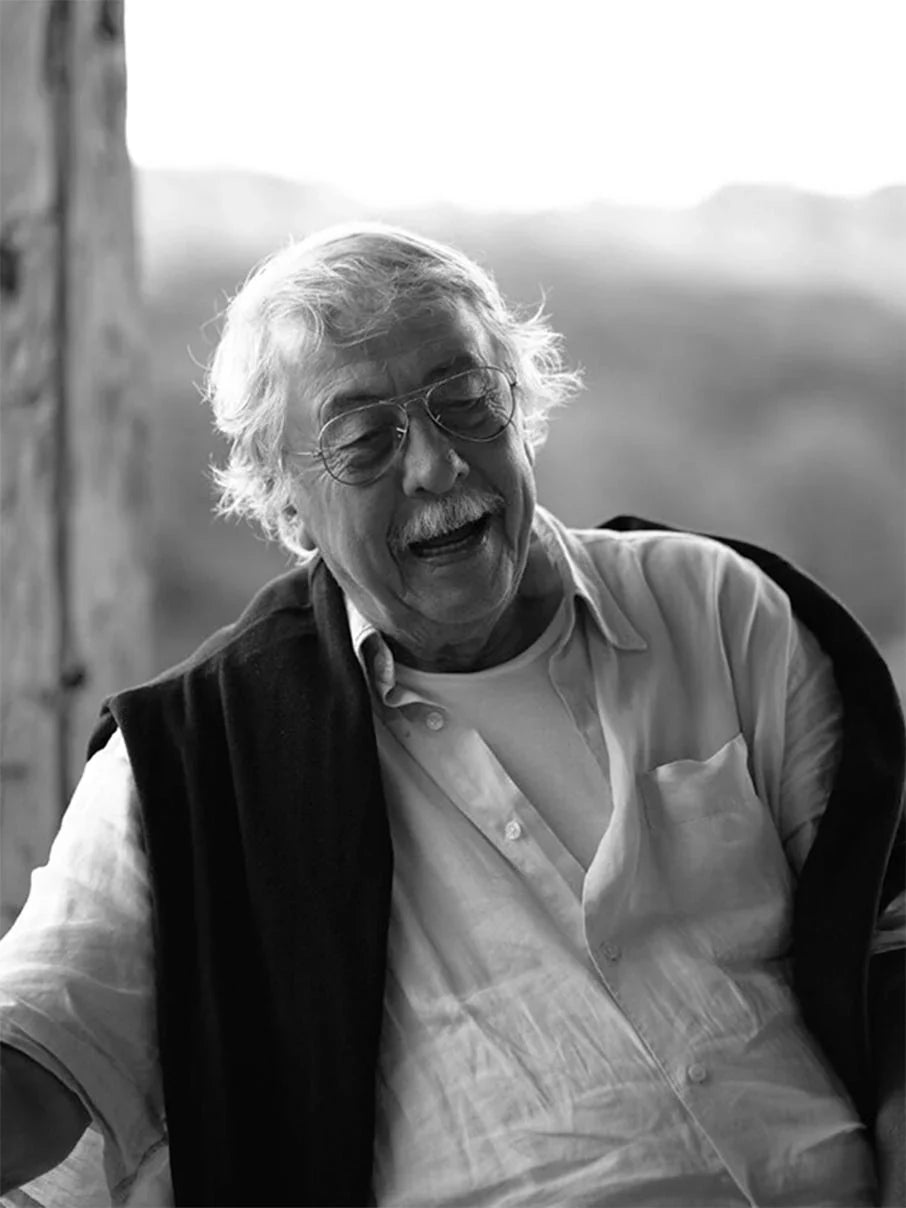At Source Édition, reissuing iconic design isn’t about imitation—it’s about precision, integrity, and storytelling. Every chair, table, or light featured in our catalog has gone through a meticulous revival process that bridges the past and present with care. In this article, we take you behind the scenes of how a faithful design reissue is born—from archive discovery to workshop production.
Whether you’re a design professional, a collector, or simply passionate about mid-century modern furniture, understanding how we work reveals why our pieces are more than beautiful objects—they’re authentic works of design heritage.
Step 1: Archival research – rediscovering design legends
The journey begins with original documentation. We dig deep into private collections, designer estates, museum archives, and forgotten prototypes to locate the source materials: sketches, technical drawings, photographs, and first editions.
This historical dive ensures that every reissue design stays faithful to the creator’s vision. We treat the archive not as nostalgia, but as design archaeology, a critical first step in authentic design revival.
Step 2: Securing the rights – Ethical reissues only
Before production begins, we ensure all necessary rights are legally secured. At Source Édition, we work closely with designers' families, foundations, or representative estates to obtain official permissions for each design. This guarantees that our reissues are legally authorized and ethically produced.
This transparent approach isn’t just legal, it’s part of our value system: a reissue must be respectful, documented, and honest.
Step 3: Prototyping with purpose – Engineering authenticity
Using the original documents, we recreate the design with modern prototyping techniques, while staying loyal to the original construction. Our artisans translate old measurements into 3D models, build test versions, and refine details until the proportions, ergonomics, and materials are just right.
Every prototype is carefully compared to the original—when one exists—or adjusted based on notes left by the designer. This stage is about precision, not approximation.
Step 4: Material selection – recreating the look and feel
Mid-century masters selected their materials with intention. That’s why we go to great lengths to source original or equivalent materials when the original one is, protected or bad for the people and/or the planet. We use varnished walnut veneer as a sustainable alternative to palissander, a protected and endangered wood species or we also use glass instead of opaline.
We favor sustainable, local production across France and Italy. By choosing partners who share our values, we combine the craftsmanship of the past with the environmental ethics of today.
Step 5: Signature and story – Making every piece traceable
Once production is complete, every Source Édition piece receives its aluminum authenticity plaque, engraved with the designer’s name, creation year, and our brand’s signature. This final touch ensures traceability and confirms the piece’s official status as a reissue.
But we don’t stop there. Each product comes with a printed certificate of authenticity, telling the history of the design and our journey to bring it back to life. We believe that context enriches the object—and helps people connect with its meaning.
Why it matters
In an era of mass-market replicas and diluted heritage, Source Édition stands apart by reviving original designs with rigor, passion, and full transparency. Our process is long, demanding, and never rushed—but that’s what makes the result so special.
To own a Source Édition piece is to own a fragment of design history— beautifully crafted, and made to last for generations.






